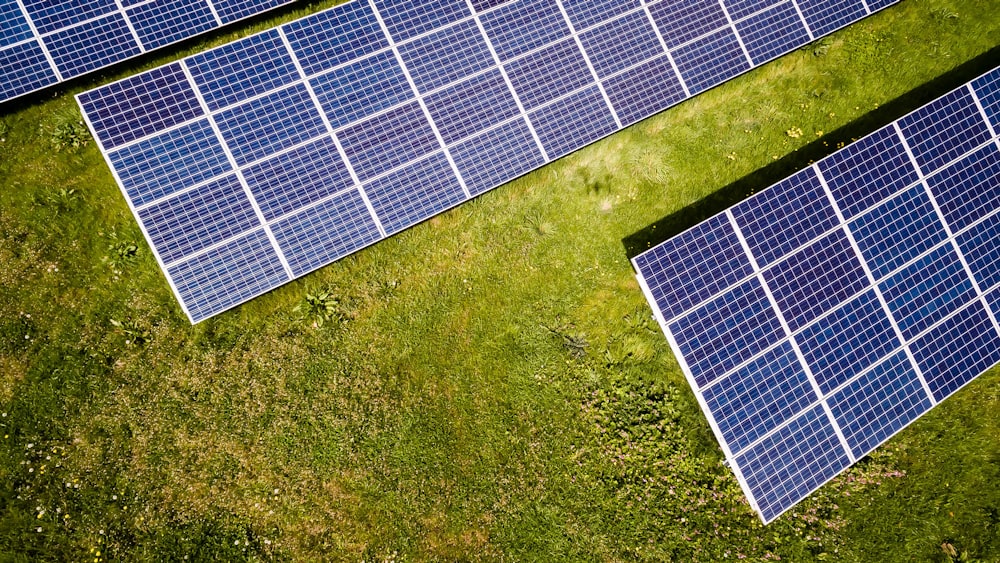
Solar Photovoltaics Harnessing Sunlight for Power
Solar Photovoltaics: Harnessing Sunlight for Power
Unleashing Solar Power
Solar photovoltaics (PV) technology has revolutionized the way we generate electricity, offering a clean, renewable, and sustainable energy solution. By harnessing sunlight and converting it directly into electricity through photovoltaic cells, solar PV systems provide a reliable and environmentally friendly source of power. From rooftop installations to utility-scale solar farms, solar photovoltaics are paving the way towards a greener and more sustainable energy future.
Clean and Renewable Energy
One of the key advantages of solar photovoltaics is its ability to generate clean and renewable energy without emitting greenhouse gases or pollutants. Unlike fossil fuels such as coal, oil, and natural gas, which release harmful emissions when burned for energy production, solar PV systems operate silently and without emissions, minimizing their environmental impact. By harnessing the abundant and inexhaustible power of sunlight, solar photovoltaics offer a sustainable alternative to traditional energy sources.
Versatile Applications
Solar photovoltaics have a wide range of applications across various sectors, making them a versatile and adaptable energy solution. In the residential sector, rooftop solar installations allow homeowners to generate their own electricity and reduce their reliance on grid-supplied power. In commercial and industrial settings, solar PV systems can offset energy costs, improve energy security, and demonstrate corporate responsibility towards sustainability. Additionally, solar photovoltaics are deployed in off-grid and remote areas, providing access to electricity in regions without reliable grid infrastructure.
Advancements in Technology
Advancements in solar photovoltaic technology have significantly improved efficiency, reliability, and affordability, driving widespread adoption and deployment. Over the years, the cost of solar panels has declined dramatically, making solar photovoltaics increasingly accessible to homeowners, businesses, and communities. Innovations such as thin-film solar cells, bifacial modules, and solar tracking systems continue to push the boundaries of solar PV technology, enhancing performance and expanding deployment opportunities.
Environmental Benefits
Solar photovoltaics offer numerous environmental benefits, including reduced carbon emissions, improved air quality, and conservation of natural resources. By displacing fossil fuel-based electricity generation, solar PV systems help mitigate climate change and its associated impacts, such as extreme weather events, sea level rise, and biodiversity loss. Additionally, solar photovoltaics require minimal water for operation, unlike conventional power plants that consume vast amounts of water for cooling purposes, conserving precious freshwater resources.
Solar Photovoltaics Solutions
To explore solar photovoltaics solutions and discover products and services that leverage this transformative technology, visit Solar Photovoltaics. By supporting solar photovoltaics initiatives and investing in solar energy solutions, individuals and organizations can contribute to a more sustainable and resilient energy future.



